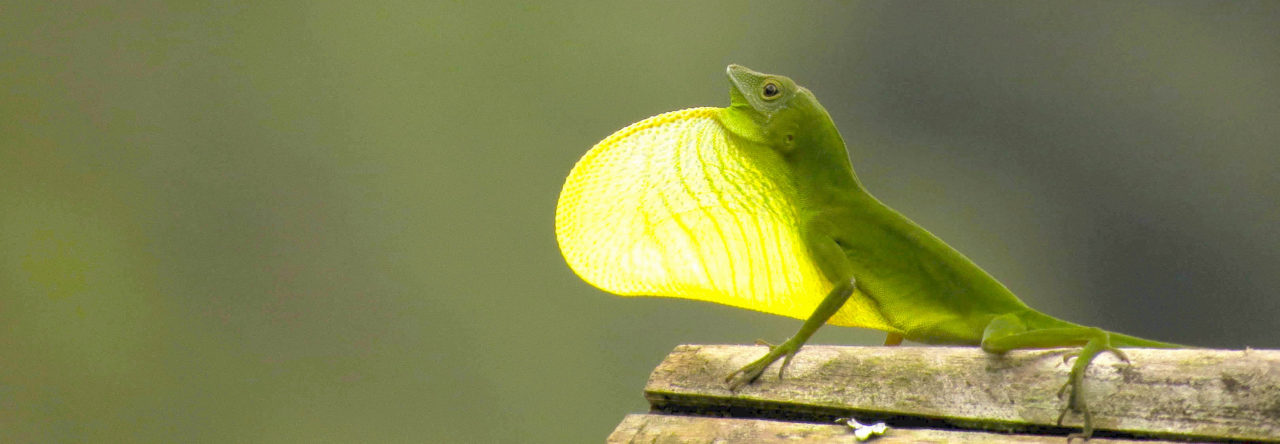Anoles are well-known for a lot of reasons, but conservation is not one of them. Possibly because of the abundance, hardiness, and visibility of the more common anole species, the group as a whole is often regarded as one that’s doing just fine. To date, very few specific efforts have been made to assess the conservation status of anole species.*
Anole species vary, of course, in how they’re doing. Although species such as Anolis cristatellus, cybotes, and limifrons seem to occur on every perch across broad distributions, species like A. fowleri and A. megalopithecus have only been located a handful of times in the wild despite some considerable efforts. Dozens more species are known from just a single locality, where they may or may not be locally abundant. While a lot of rare or little-known anoles may simply be secretive or geographically restricted, some are very clearly endangered.














